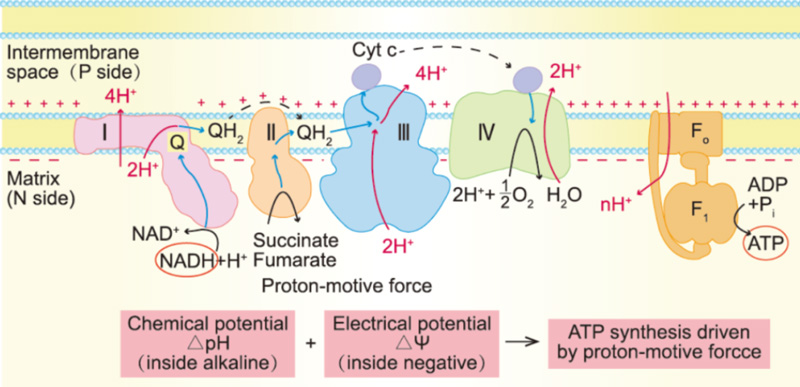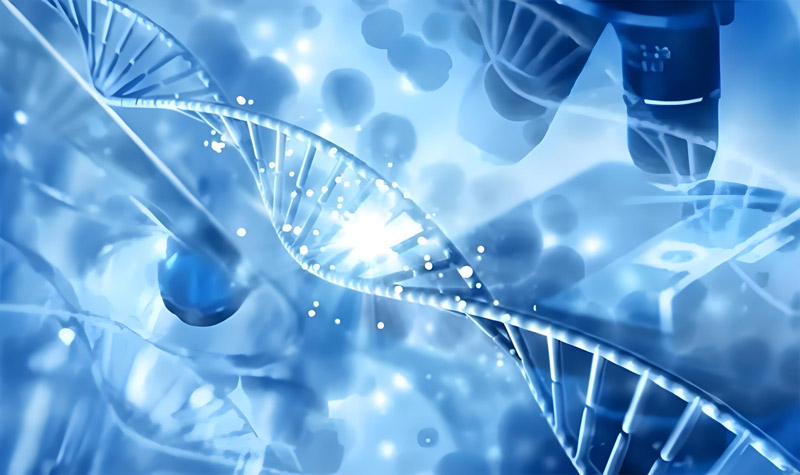There are a wide variety of nutrients that are essential to mitochondrial function, and they play a key role in mitochondrial energy metabolism, antioxidant defense, cell signaling, and more. Let's explain 10 common ones.
Coenzyme Q10
effect
Coenzyme Q10 is an important part of the electron transport chain in mitochondria, which promotes aerobic respiration and helps cells produce energy (ATP).
At the same time, CoQ10 is also a powerful antioxidant that can remove free radicals produced by mitochondria during energy metabolism and protect mitochondrial DNA from oxidative damage.
Food source
It is widely found in meat (e.g., pork, beef, chicken), fish (e.g., salmon, tuna), some vegetables (e.g., spinach, broccoli) and nuts (e.g., peanuts, walnuts).
PQQ (pyrroloquinoline quinone)
effect
PQQ can stimulate mitochondrial biogenesis and promote the proliferation and renewal of mitochondria.
At the same time, it is also a powerful antioxidant, able to directly remove free radicals in the mitochondria and activate the antioxidant oxidase system within the cell, which collaborates to protect mitochondrial DNA from oxidative stress.
Note: Specific food sources of PQQ are relatively few and may need to be obtained through supplements.
NAD+ (nicotinamide adenine dinucleotide)
effect
NAD+ plays a key role in mitochondrial energy metabolism, participating in a variety of REDOX reactions to ensure that the mitochondria can produce ATP normally.
At the same time, NAD+ is also involved in the DNA repair mechanism within the cell, maintaining the integrity of mitochondrial DNA.
Supplementation: The level of intracellular NAD+ can be increased by supplementing NAD+ precursors (such as NMN, NR).
Omega-3 fatty acids
effect
Omega-3 fatty acids have anti-inflammatory properties that can reduce damage to mitochondria caused by chronic inflammation in the body.
At the same time, it can also regulate the fluidity of mitochondrial membrane and maintain the energy metabolism and other physiological functions of mitochondria.
Food source
It is mainly found in deep-sea fish (such as salmon, tuna), flaxseed oil, walnuts and other foods.
Alpha lipoic acid
effect
Alpha-lipoic acid is an antioxidant that is both water-soluble and fat-soluble, and can mop up a variety of free radicals in mitochondria, preventing these free radicals from attacking mitochondrial DNA.
In addition, it regenerates other antioxidants (such as vitamin C and vitamin E) and enhances the protection of mitochondrial DNA.
Food source
It is mainly found in garlic, onion, leek and other vegetables.
L-carnitine
effect
The main function of L-carnitine is to transport long-chain fatty acids to the interior of the mitochondria, promoting the β-oxidation of fatty acids, thus producing energy.
Ensuring the normal metabolism of fatty acids helps to maintain the energy balance of mitochondria.
Food source
Red meat, dairy products, liver and so on are the main food sources of L-carnitine.
Vitamin E
effect
Vitamin E is a fat-soluble antioxidant that is mainly found in lipid environments such as cell membranes and mitochondrial membranes.
It can trap and remove free radicals, prevent the occurrence of lipid peroxidation, and thus protect the mitochondrial membrane and mitochondrial DNA.
Food source
Nuts, seeds, vegetable oils, etc. are good sources of vitamin E.
selenium
effect
Selenium is a component of Glutathione peroxidase (GSH-Px), which removes peroxides such as hydrogen peroxide from cells, including mitochondria.
In addition, selenium can regulate the REDOX state in cells and maintain the REDOX balance in mitochondria.
Food source
Brazil nuts, sea fish (such as tuna and salmon), Turkey, chicken and other foods are rich in selenium.
zinc
effect
Zinc is a component or activator of many enzymes and plays an important role in DNA replication, transcription and translation in mitochondria.
At the same time, zinc is also involved in the antioxidant defense system within the cell, which can stabilize the structure of the membrane and mitochondrial membrane.
Food source
Foods such as red meat, seafood, and beans are good sources of zinc.
curcumin
effect
Curcumin has powerful antioxidant and anti-inflammatory properties that scavenge free radicals and reduce inflammatory responses, thereby reducing damage to mitochondria due to oxidative stress and inflammation.
In addition, curcumin can regulate a variety of signaling pathways in cells, promote mitochondrial renewal and optimize mitochondrial function.
Food source
Turmeric is the main source of curcumin, which is often used in cooking and making spices.
These nutrients work together to maintain the health and function of mitochondria through different mechanisms and are of great significance for improving mitochondrial health.







